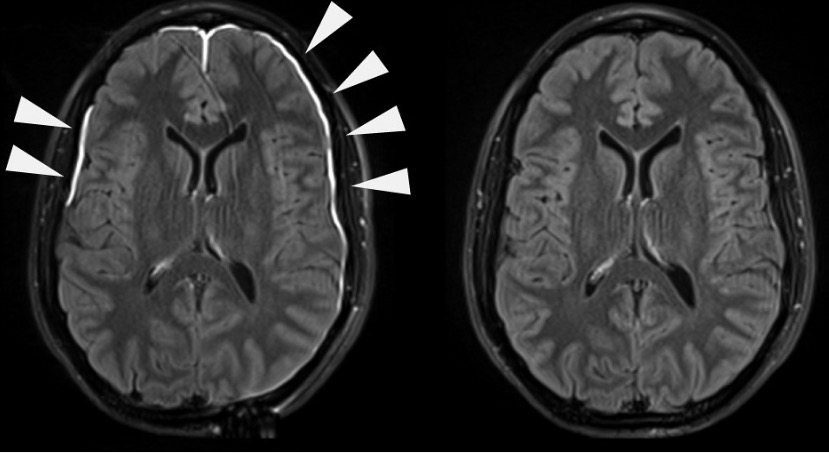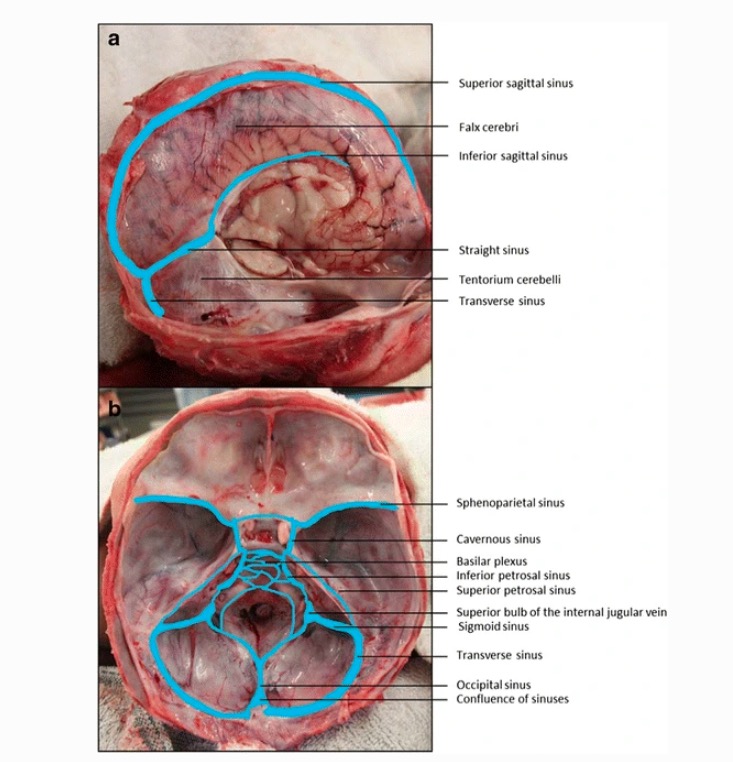Playlist
Show Playlist
Hide Playlist
Bacterial Meningitis: Definition
-
Slides Meningitis InfectiousDiseases.pdf
-
Reference List Infectious Diseases.pdf
-
Download Lecture Overview
00:01 We turn now in our discussion of central nervous system infections to bacterial meningitis, a very serious infection indeed. 00:13 So, we would define bacterial meningitis as an infection of the meninges, of the coverings of the brain, specifically the subarachnoid space and brain as well. 00:27 It's really a meningoencephalitis, usually due to any of a variety of blood-borne microorganisms. 00:41 Now, among the causes of acute meningitis, actually viruses probably account for most cases of acute infection of the meninges, but viral meningitis is generally a benign disease. 00:57 It’s not terribly serious. 00:59 It’s troubling for the patient, but they get over this kind of an infection. 01:04 But blood-borne bacteria can cause a life-threatening problem. 01:10 Now, when a physician can't tell which it is, is it viral or is it bacterial, then that physician would be prudent to start antibiotics just in case it is bacterial. 01:26 Now, among the bacteria that cause meningitis – and there are many – these are the top five. 01:34 Streptococcus pneumoniae, Neisseria meningitidis, Streptococcus agalactiae also known as group B Strep, Listeria monocytogenes, and Haemophilus influenzae. 01:50 Haemophilus influenzae was the most common cause of meningitis in the past, but because we now have a vaccine against that particular organism, Haemophilus influenzae type B, it is no longer the most common cause of meningitis. 02:14 Now, turning to the epidemiology, we need to look at the causes of meningitis first among newborns. 02:23 And here, group B Strep, Strep agalactiae accounts for about 70% of the infections of the meninges, followed by Listeria and by the pneumococcus. 02:37 From one month to two years of age, look what is now top cause. 02:43 Streptococcus pneumoniae. 02:44 As I mentioned, in the past, it was Haemophilus influenzae, but that has essentially vanished in developed countries. 02:53 Neisseria meningitidis and Strep agalactiae follow behind. 02:59 From the age of two to the age of young adults, Neisseria meningitidis causes about 60% of the cases of meningitis, followed by the pneumococcus and Haemophilus influenzae. 03:16 In adults, the pneumococcus tops the list, causing 60%, with Neisseria meningitidis causing 20% and the others are relatively rare causes. 03:30 But by the age of 60 years plus, the pneumococcus accounts for most cases of bacterial meningitis and Listeria moves up the list, accounting for about 20%.
About the Lecture
The lecture Bacterial Meningitis: Definition by John Fisher, MD is from the course CNS Infection—Infectious Diseases. It contains the following chapters:
- Bacterial Meningitis - Definition
- Epidemiology
Included Quiz Questions
What is the most common etiology of bacterial meningitis in newborns?
- Streptococcus agalactiae
- Neisseria meningitidis
- Streptococcus pneumoniae
- Listeria monocytogenes
- Haemophilus influenza
What is the most common etiology of bacterial meningitis in a 1-year-old child?
- Streptococcus pneumoniae
- Neisseria meningitidis
- Streptococcus agalactiae
- Listeria monocytogenes
- Haemophilus influenzae
What is the most common etiology of bacterial meningitis in the geriatric population?
- Streptococcus pneumoniae
- Neisseria meningitidis
- Group B streptococcus
- Listeria monocytogenes
- Streptococcus agalactiae
What is the most common etiology of meningitis?
- Virus
- Streptococcus pneumoniae
- Streptoccus agalactiae
- Listeria monocytogenes
- Haemophilus influenzae
What is the most common cause of bacterial meningitis in a 15-year-old adolescent?
- Neisseria meningitidis
- Streptococcus pneumoniae
- Group B streptococcus
- Listeria monocytogenes
- Haemophilus influenzae
Which of the following statements about bacterial meningitis is TRUE?
- Listeria monocytogenes is among the five most common causes of acute infection.
- It constitutes an infection of the meninges only.
- In constitutes an infection of the subarachnoid space only.
- It refers to the infection of the cerebral cortex.
- Much like viral meningitis, it is a benign and self-limited disease.
Customer reviews
5,0 of 5 stars
| 5 Stars |
|
3 |
| 4 Stars |
|
0 |
| 3 Stars |
|
0 |
| 2 Stars |
|
0 |
| 1 Star |
|
0 |
Very clear, I would highly recommend this. Rewatched it a couple of times and it made perfect sense(I only rewatched it because i am not familiar with most medical terms about bacterial infections of the meninges.
a lot of help a lot of help a lot of help ssssssssssssssssss
crystal clear concept.very helpful lecturer.His voice is also very attractive.







